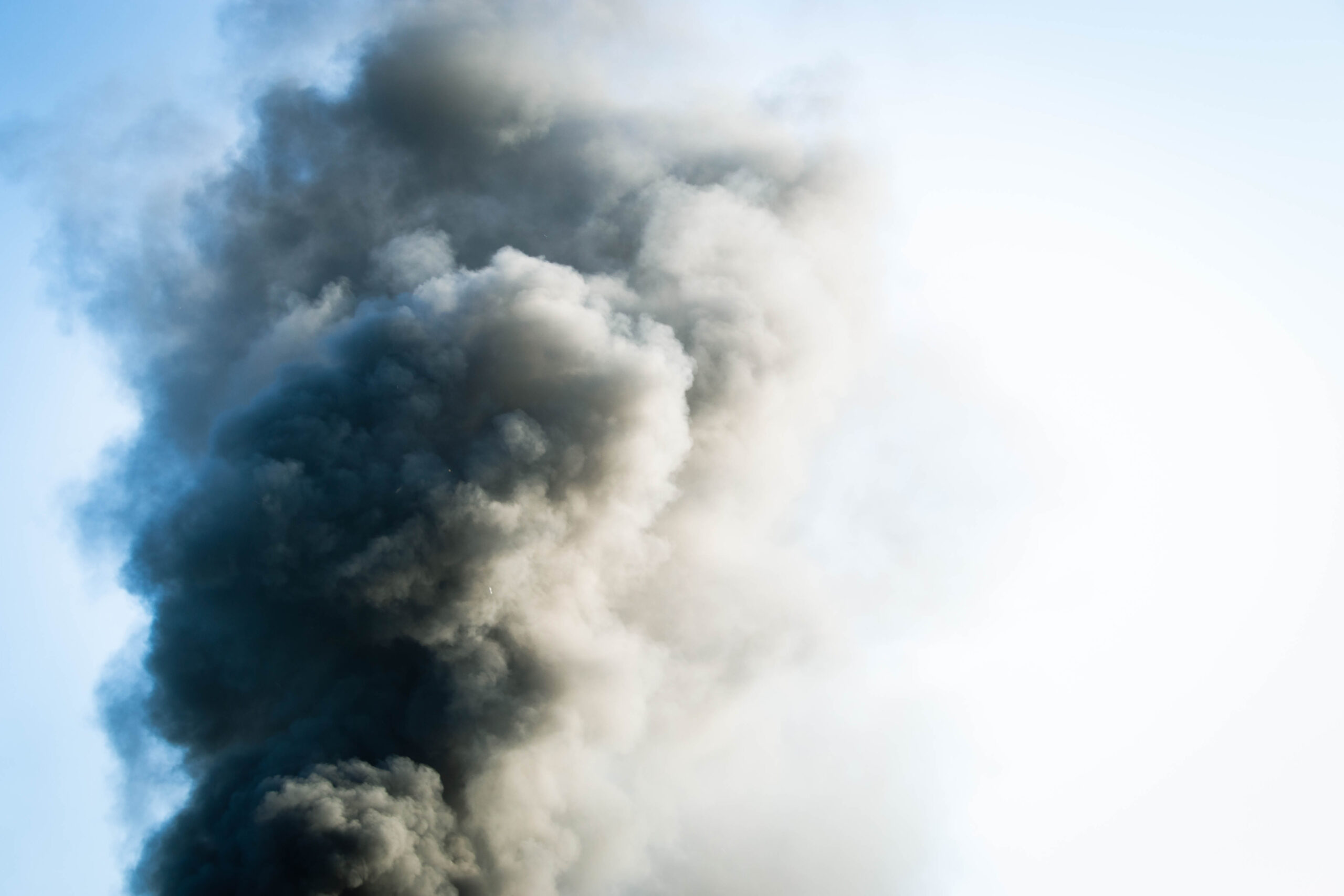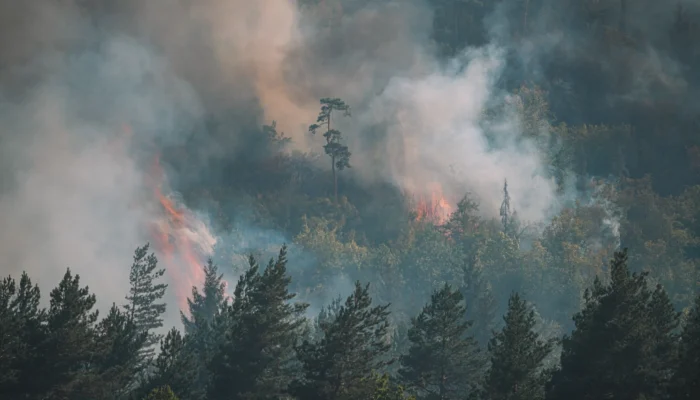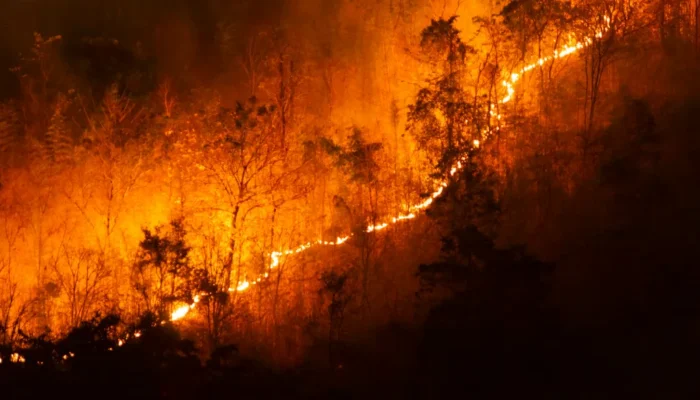To understand a wildfire, we shouldn’t focus solely on the flames. An essential portion of a blaze is the wildfire smoke signals. Smoke appears in many forms and colors, and its appearance changes depending on various factors.
For an experienced observer, smoke billowing above the flames is primarily an important source of information about the intensity and behavior of the wildfire.
The height of the smoke column is a complex interaction between atmospheric conditions, the size of the burning area, and generated heat. The shape of smoke plumes and columns changes depending on the fire intensity, wind speed, and atmospheric conditions (stability or instability).
The size and shape of the smoke plume will vary depending on a combination of atmospheric conditions, exposure to sunlight, and wind speed. Topography, fuel material, and fire intensity will also influence the appearance of the smoke column.
⚡ Not every smoke means wildfire – Not every smoke plume rising in the landscape over undeveloped areas means a wildfire. It could just as well be smoke from controlled burns, which paradoxically are a crucial tool in preventing catastrophic fires and protecting our ecosystems.
Let’s take a closer look at smoke signals that may be significant during wildfire observation.
Table of Contents
ToggleAtmospheric Stability
Atmospheric stability is the resistance of the atmosphere to vertical upward motion. The degree of atmospheric stability will impact on fire spread and fire intensities s well as plays a crucial role in the formation, movement and behavior of the smoke column.
A stable atmosphere typically limits the vertical movement of heat and smoke plume. In stable conditions, where atmospheric resistance to upward motion of air is greater, smoke tends to spread over a wider and flatter area. A smoke plume in stable air will move horizontally with limited rise. In such conditions conflagration may be less intense and fire behavior is usually predictable. Smoke plumes often stay close to the ground. Possible fog layers particularly in low lying parts of the landscape.
Atmospheric instability promotes the strengthening of convective forces and vertical movement, increasing the ventilation of active fires, which leads to more intense combusting and fire spread. Heated air generated by the fire rises, creating an updraft above the surface. Smoke plume develop vertically and can rise to a great height which can lead to more serious threats.When the air above cools, it may descend, forming a downdraft. This results in a potential increase in fire intensity that makes a fire less predictable and sometimes leads to its behaviour becoming erratic. The fire can spread in multiple directions.

The shape of the smoke plume
The shape and height of the smoke column can provide significant clues about atmospheric conditions and fire intensity. It’s important to remember that complex fires may manifest as more than one of these smoke types at any given time.
A rising smoke column indicates unstable atmosphere (see above) but also neutral conditions. A column going straight up during a moderately intense fire may indicate a lack of wind or its minimal force. In such a situation, there isn’t enough heat for the wildfire’s convective column to significantly increase. The smoke easily mixes with the surrounding air, losing its buoyancy.
A smoke column changing direction as it rises indicates wind shear or the influence of local wind. When the column goes straight up but the upper part of the smoke is bent over and leaning, it means surface wind is weak but there is wind where the smoke bends. This wind can appear near the surface at any moment. With this shape of the smoke column during large and developed fires, spotting as a result of a windborne ember is possible under the bent part of the column.
Smoke is bent over at the ground, increasing its volume and intensity upwards, may indicate strong wind playing a crucial role in driving the fire.
A smoke column reaching a great height (several thousand meters) and forming a small white cloud at the top indicates a highly developed intense wildfire. The formed cloud can have a dominant influence on the further development of the fire. There is a risk of forming a pyrocumulonimbus cap cloud, a rare but very dangerous phenomenon. This indicates strong instability and impending downdrafts.
Understanding and correctly interpreting the characteristic indicators of a smoke column can help better understand the phenomenon of wildfire, consequently predict potential threats, and take appropriate actions.




